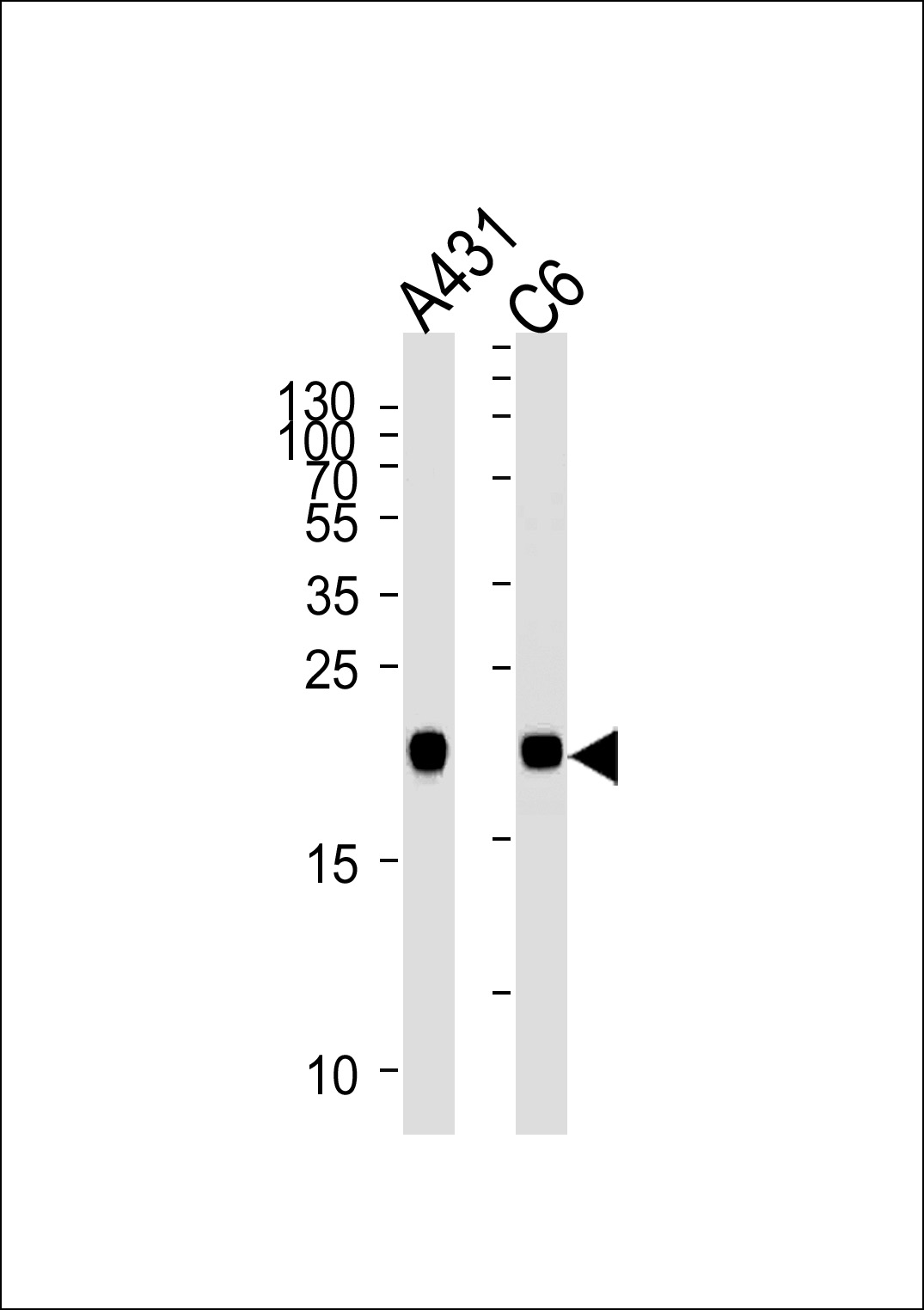
Mouse Anti-NRAS antibody
GTPase NRas; OTTMUSP00000023521; ALPS4; AV095280; HRAS1; N ras; N ras protein part 4; Neuroblastoma RAS viral (v ras) oncogene homolog; NRAS1; OTTHUMP00000013879; Transforming protein N Ras; v ras neuroblastoma RAS viral oncogene homolog.
View History [Clear]
Details
Product Name NRAS Chinese Name 原癌基因N-Ras单克隆抗体 Alias GTPase NRas; OTTMUSP00000023521; ALPS4; AV095280; HRAS1; N ras; N ras protein part 4; Neuroblastoma RAS viral (v ras) oncogene homolog; NRAS1; OTTHUMP00000013879; Transforming protein N Ras; v ras neuroblastoma RAS viral oncogene homolog. Research Area Tumour Immunogen Species Mouse Clonality Monoclonal Clone NO. M1W2 React Species Human, Rat, Applications WB=1:500-1000
not yet tested in other applications.
optimal dilutions/concentrations should be determined by the end user.Theoretical molecular weight 21kDa Cellular localization cytoplasmic The cell membrane Form Liquid Concentration 1mg/ml immunogen KLH conjugated synthetic peptide derived from human NRAS: 51-100/189 Lsotype IgG1 Purification affinity purified by Protein G Buffer Solution 0.01M TBS(pH7.4) with 1% BSA, 0.03% Proclin300 and 50% Glycerol. Storage Shipped at 4℃. Store at -20 °C for one year. Avoid repeated freeze/thaw cycles. Attention This product as supplied is intended for research use only, not for use in human, therapeutic or diagnostic applications. PubMed PubMed Product Detail N-RAS (neuroblastoma RAS viral oncogene homolog) analogously to other GTP-binding proteins (such as Translation Elongation Factor EFTu or signal transducing G-Proteins) RAS proteins are involved in signal transduction pathways, ras gene family is part of the ras superfamily including the mammalian RAS, RAL, RAC, RHO, RAP, and RAB gene families and the yeast homologs like SEC4 and YPT1 genes; genes encode small monomeric proteins of low molecular mass (20-30 kDa) which share at least 30% homology to RAS proteins.
Function:
Ras proteins bind GDP/GTP and possess intrinsic GTPase activity.
Subunit:
Interacts (active GTP-bound form preferentially) with RGS14. Interacts (active GTP-bound form) with RASSF7.
Subcellular Location:
Cell membrane; Lipid-anchor; Cytoplasmic side. Golgi apparatus membrane; Lipid-anchor. Note=Shuttles between the plasma membrane and the Golgi apparatus.
Post-translational modifications:
Palmitoylated by the ZDHHC9-GOLGA7 complex. A continuous cycle of de- and re-palmitoylation regulates rapid exchange between plasma membrane and Golgi.
Acetylation at Lys-104 prevents interaction with guanine nucleotide exchange factors (GEFs).
DISEASE:
Leukemia, juvenile myelomonocytic (JMML) [MIM:607785]: An aggressive pediatric myelodysplastic syndrome/myeloproliferative disorder characterized by malignant transformation in the hematopoietic stem cell compartment with proliferation of differentiated progeny. Patients have splenomegaly, enlarged lymph nodes, rashes, and hemorrhages. Note=The disease is caused by mutations affecting the gene represented in this entry.
Noonan syndrome 6 (NS6) [MIM:613224]: A form of Noonan syndrome, a disease characterized by short stature, facial dysmorphic features such as hypertelorism, a downward eyeslant and low-set posteriorly rotated ears, and a high incidence of congenital heart defects and hypertrophic cardiomyopathy. Other features can include a short neck with webbing or redundancy of skin, deafness, motor delay, variable intellectual deficits, multiple skeletal defects, cryptorchidism, and bleeding diathesis. Individuals with Noonan syndrome are at risk of juvenile myelomonocytic leukemia, a myeloproliferative disorder characterized by excessive production of myelomonocytic cells. Note=The disease is caused by mutations affecting the gene represented in this entry.
Autoimmune lymphoproliferative syndrome 4 (ALPS4) [MIM:614470]: A disorder of apoptosis, characterized by chronic accumulation of non-malignant lymphocytes, defective lymphocyte apoptosis, and an increased risk for the development of hematologic malignancies. Note=The disease is caused by mutations affecting the gene represented in this entry.
Similarity:
Belongs to the small GTPase superfamily. Ras family.
SWISS:
P01111
Gene ID:
4893
Database links:Entrez Gene: 4893 Human
SwissProt: P01111 Human
Product Picture
References (0)
No References
Bought notes(bought amounts latest0)
No one bought this product
User Comment(Total0User Comment Num)
- No comment



 +86 571 56623320
+86 571 56623320
 +86 18668110335
+86 18668110335

